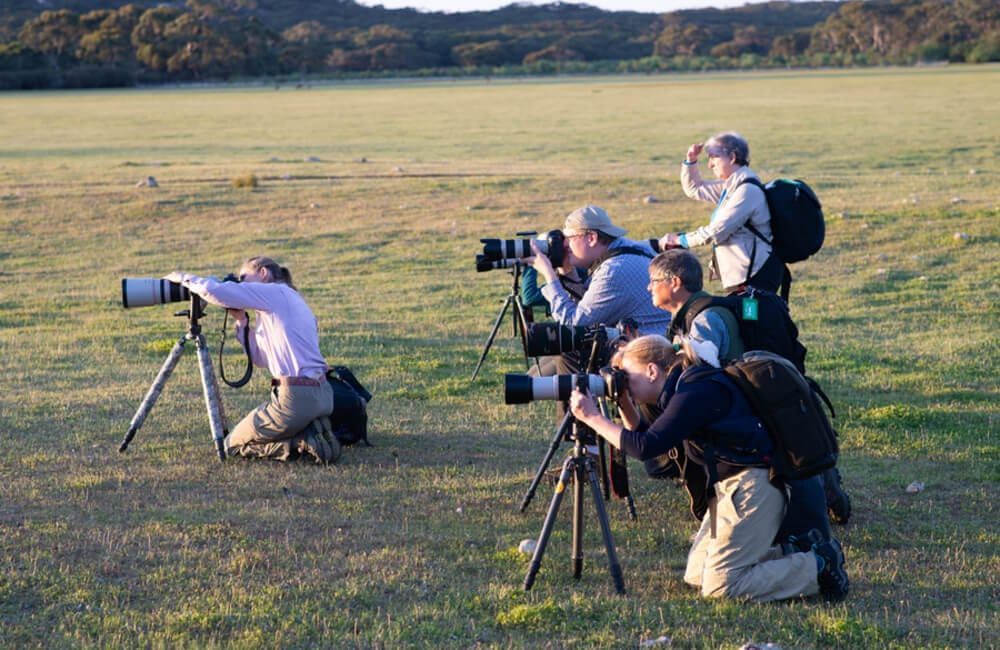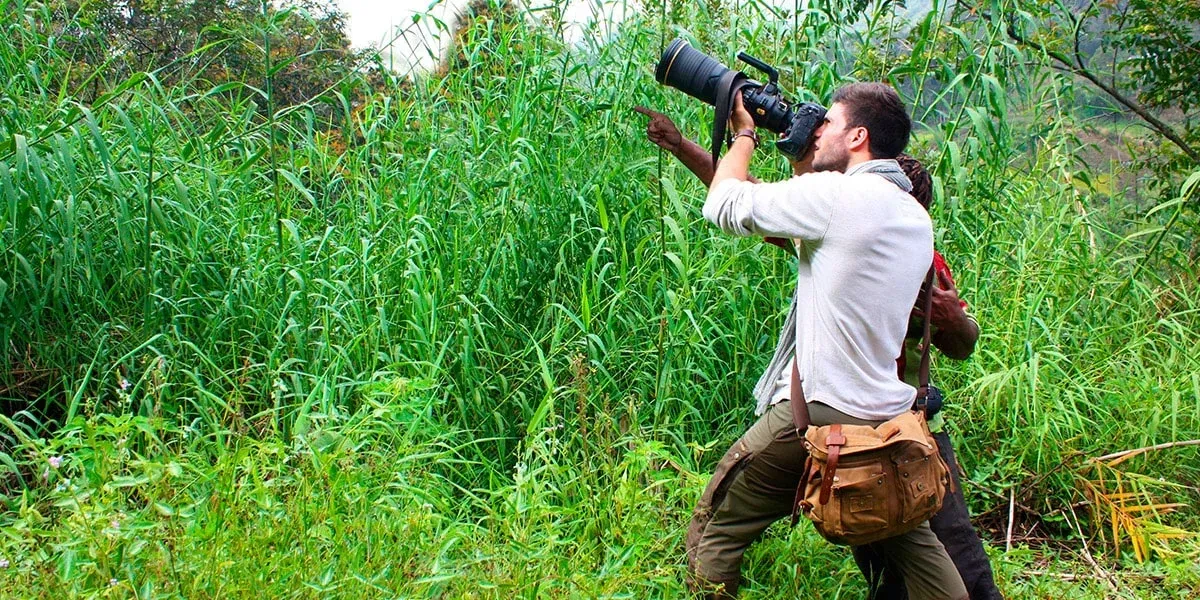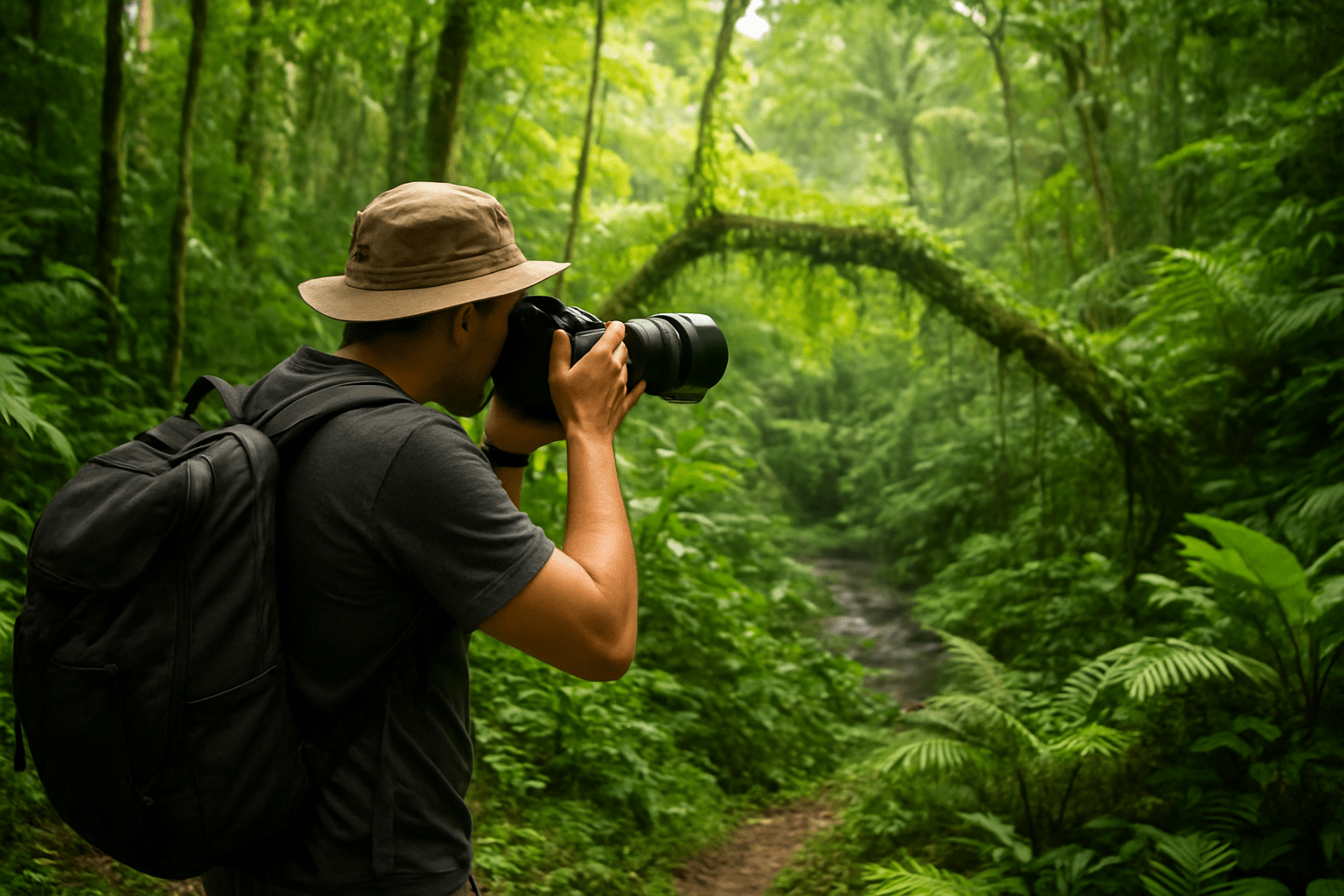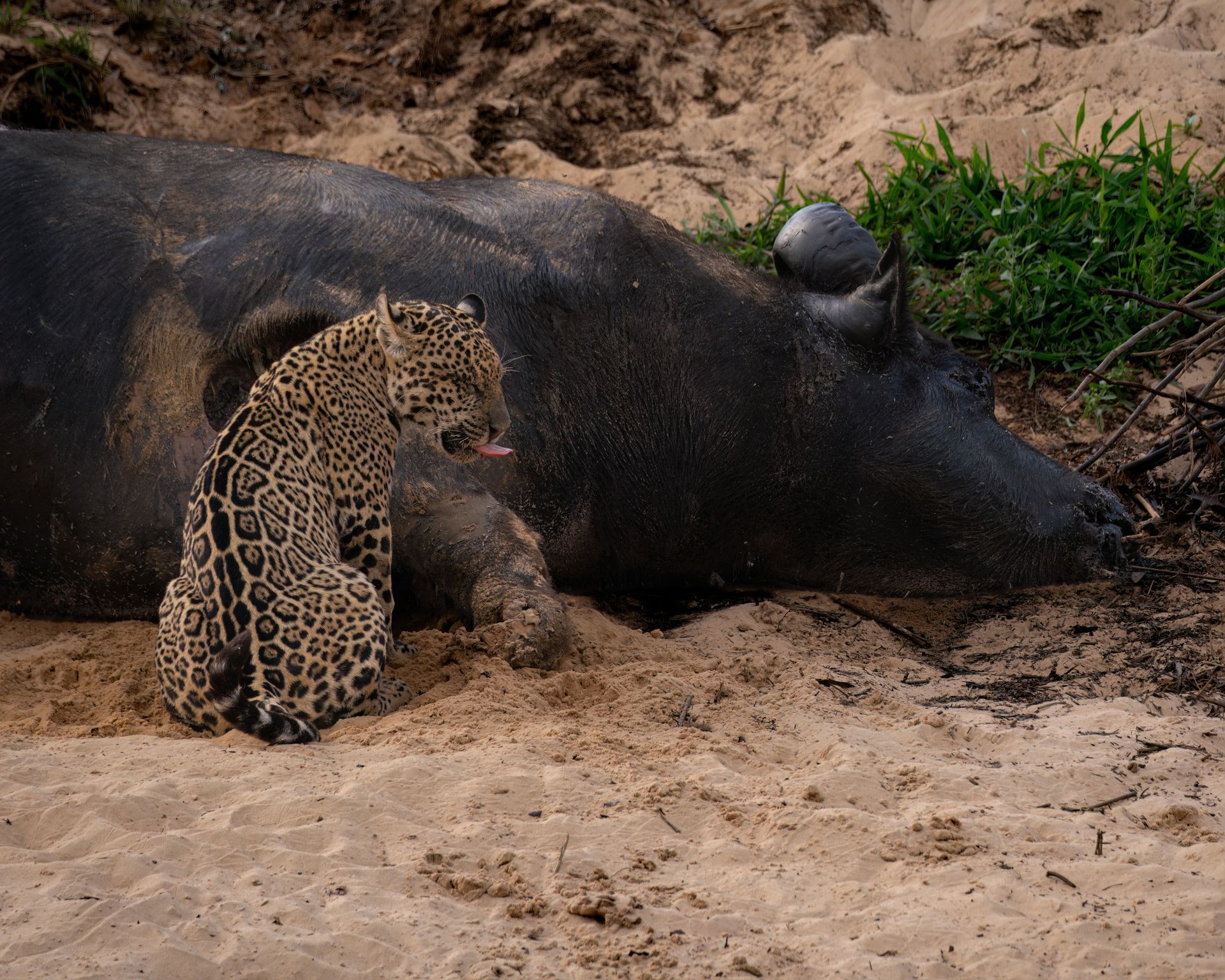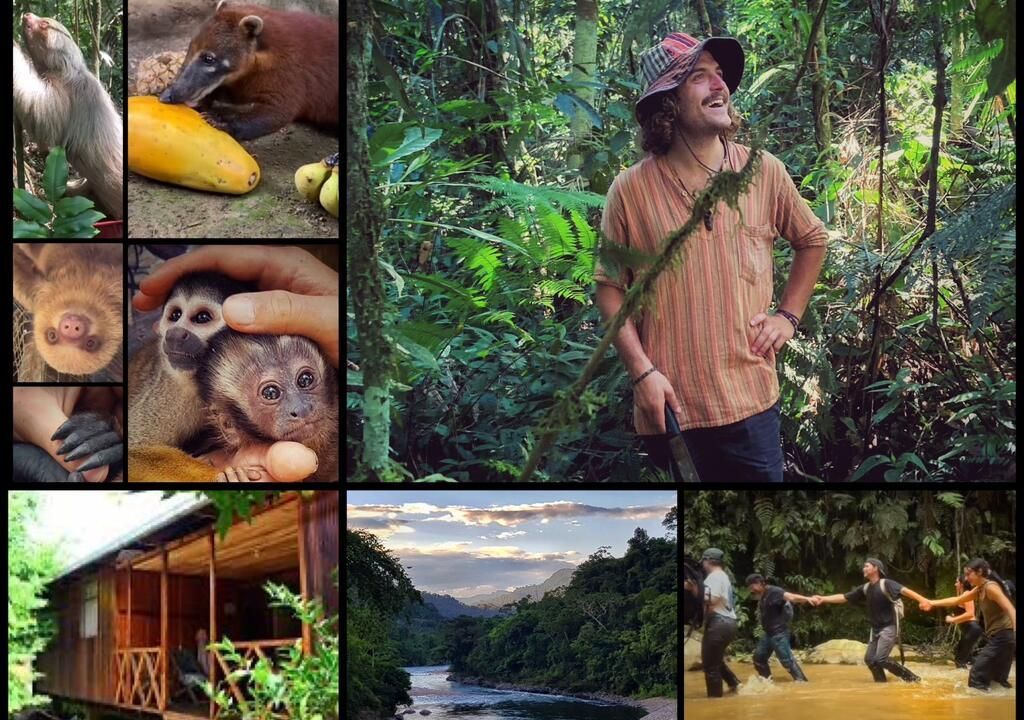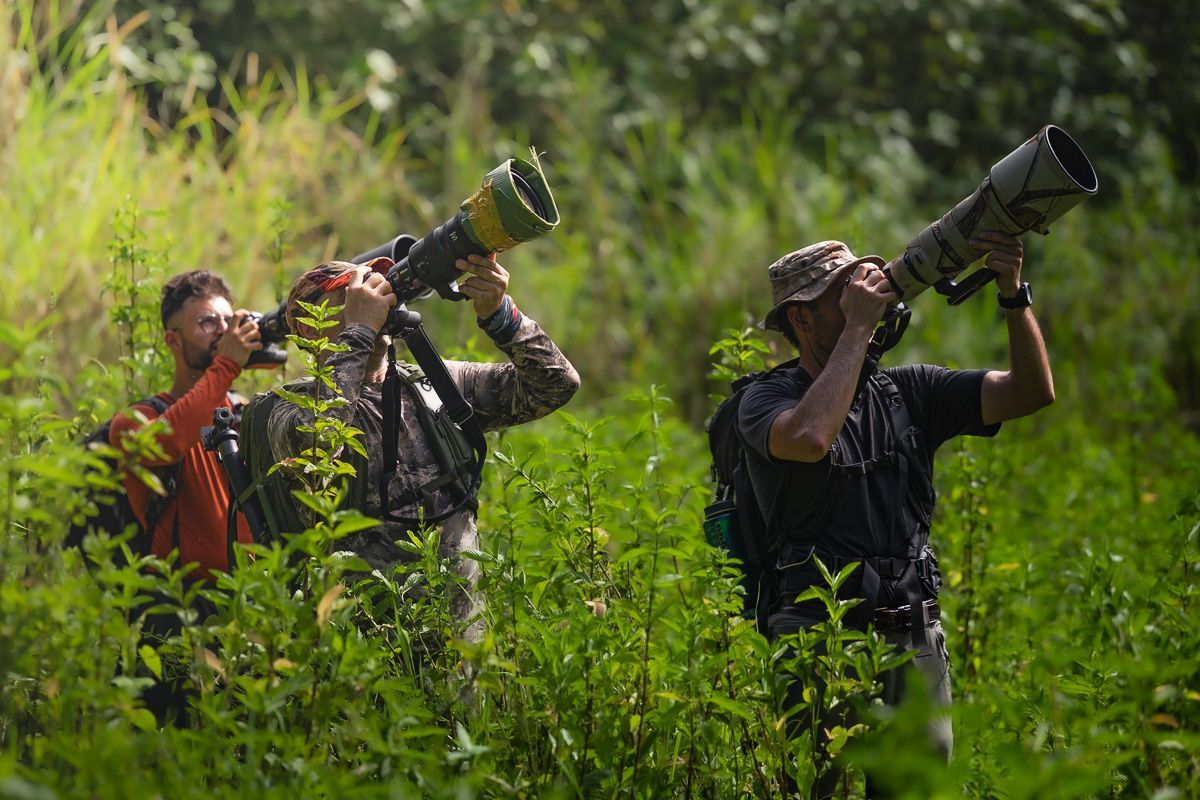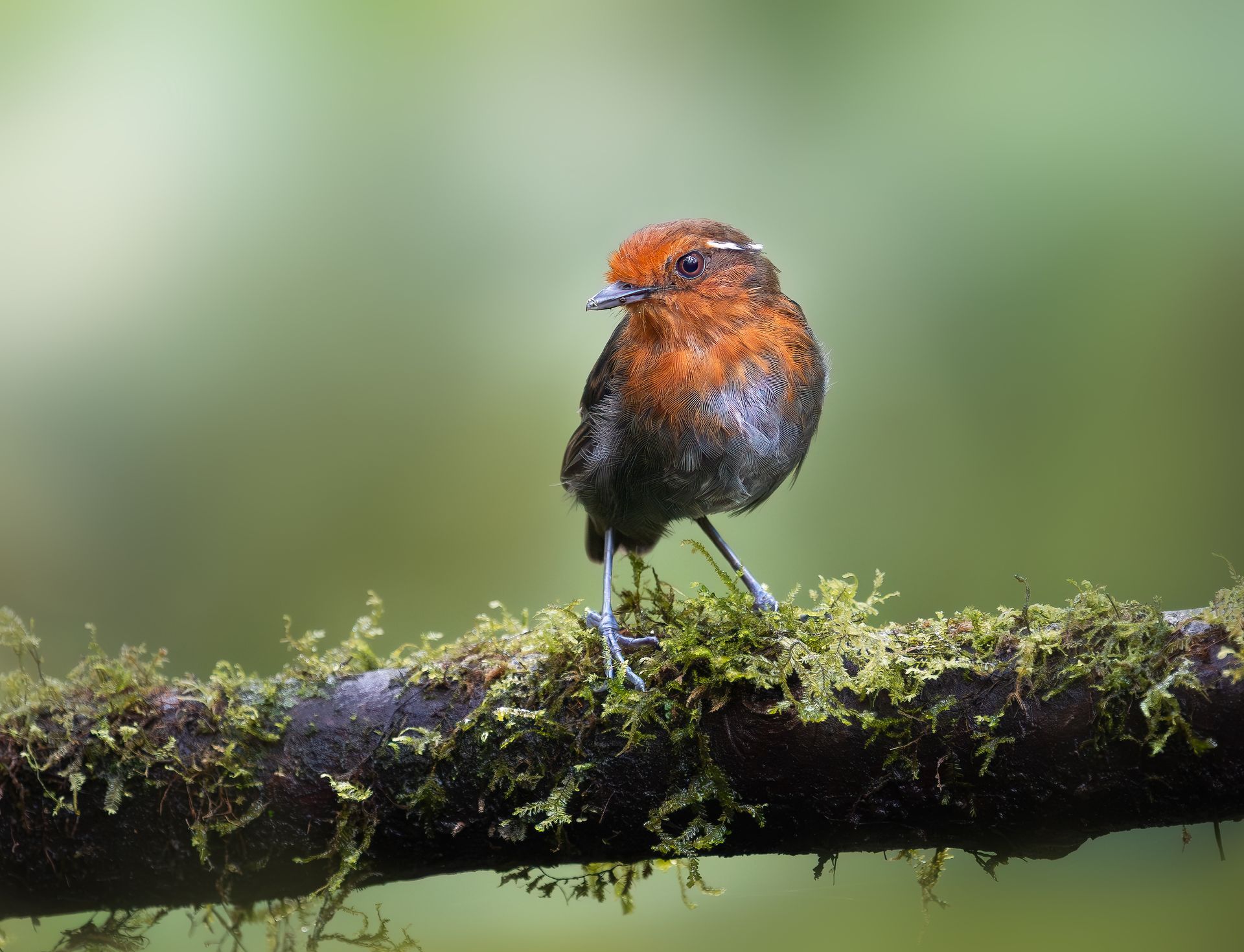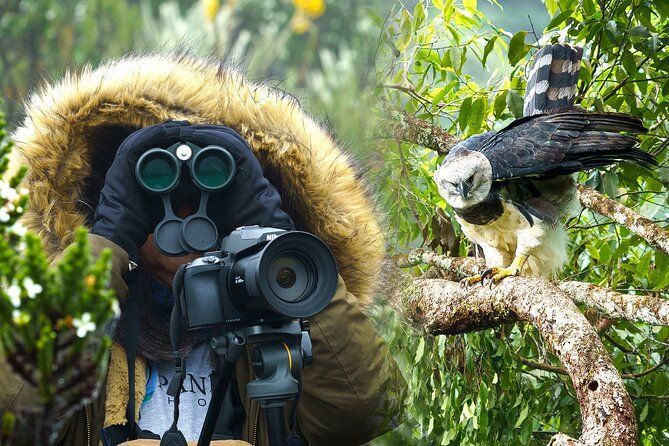Planning a Bird Photography Trip from Canada to Ecuador
This is a subtitle for your new post
Planning a Bird Photography Trip from Canada to Ecuador
Embarking on a bird photography adventure from Canada to Ecuador is a dream for many wildlife enthusiasts and photographers. Ecuador, with its diverse ecosystems ranging from Andean highlands to Amazonian rainforests and coastal mangroves, is home to over 1,600 bird species, making it one of the most biodiverse countries for birding in the world. Planning such a trip requires careful preparation to ensure both logistical smoothness and successful photographic outcomes.
From selecting the right tour operator and defining your itinerary to choosing the appropriate equipment and travel documents, each step contributes to a successful and unforgettable journey. In this comprehensive guide, we’ll cover all aspects of planning a bird photography trip from Canada to Ecuador, including preparation, travel logistics, photography considerations, and tips for maximizing your experience in the field.
1. Understanding Ecuador’s Birding Regions
Ecuador’s rich bird diversity is distributed across multiple ecological zones. Understanding these regions is critical for planning your photography targets:
- Andean Highlands: These elevations feature hummingbirds, tanagers, and endemic species unique to high-altitude ecosystems.
- Amazon Rainforest: Dense, humid forests are home to toucans, parrots, macaws, and elusive antbirds.
- Coastal Lowlands: Mangroves and dry forests provide habitat for shorebirds, flycatchers, and colorful motmots.
- Galapagos Islands: Though slightly off the mainland, these islands offer unique species like Darwin’s finches and marine birds.
Choosing your target regions will depend on the species you wish to photograph, the time of year, and your logistical preferences.
2. Choosing the Right Time to Travel
Seasonality plays a critical role in bird activity and photographic opportunities. Ecuador has two primary seasons: wet and dry. The dry season (June to September) is ideal for photography, as trails are more accessible and bird activity is high. Migratory patterns also affect species presence, so research the timing of specific birds, particularly if your goal is to capture rare or endemic species.
3. Selecting a Tour Operator
Professional bird photography tour operators provide invaluable support in Ecuador. They offer:
- Local guides familiar with bird behavior and habitats
- Access to exclusive or remote locations
- Logistical support for transportation, lodging, and permits
- Photography guidance for lighting, composition, and ethics
When choosing an operator, look for companies with a strong track record in bird photography, positive reviews, and a commitment to ethical wildlife practices.
4. Travel Logistics from Canada
Flights from major Canadian cities like Toronto, Montreal, and Vancouver to Ecuador typically land in Quito or Guayaquil. Consider the following logistics:
- Flight Connections: Direct flights are limited; connecting flights may be necessary.
- Travel Time: Expect 8–12 hours of total travel time, including layovers.
- Visas and Entry: Canadians do not require a visa for stays under 90 days.
- Health Preparations: Vaccinations, travel insurance, and altitude considerations are essential.
5. Accommodation Planning
Accommodation choices vary depending on region and budget. Options include:
- Lodges near reserves and national parks
- Eco-lodges with bird blinds for photography
- Hotels in nearby towns for comfort and accessibility
Booking accommodations in advance ensures availability, especially during peak birding season. Many photography tour operators include lodging in their packages.
6. Essential Photography Gear
Choosing the right equipment is critical for success. Key gear includes:
- Cameras: DSLR or mirrorless with fast autofocus
- Lenses: Telephoto lenses (300–600mm) for distant subjects
- Tripods/Monopods: For stability during long shooting sessions
- Memory Cards and Batteries: Bring ample backups
- Protective Gear: Rain covers and dry bags for humid conditions
Understanding your equipment and practicing in advance will help you react quickly to fleeting bird moments in the field.
7. Preparing for Field Conditions
Ecuador’s environments range from humid rainforests to chilly highlands. Preparing for these conditions is essential:
- Layered clothing for temperature variation
- Rain gear for wet season excursions
- Comfortable hiking shoes or boots
- Insect repellent and sun protection
Being well-prepared allows you to focus on photography rather than comfort challenges.
8. Understanding Bird Behavior
Observing bird behavior enhances your photographic success. Learn about:
- Feeding times and preferred food sources
- Mating displays and nesting habits
- Preferred perches and flight patterns
- Vocalizations to locate hidden species
Working with local guides can significantly shorten your learning curve and increase the chances of capturing rare species.
9. Ethical Bird Photography Practices
Ethics are critical to ensure minimal disturbance to birds and their habitats. Follow these principles:
- Maintain a safe distance from nests and feeding sites
- Use blinds or hides when possible
- Avoid chasing or startling birds
- Respect local regulations and protected areas
Ethical practices preserve wildlife and provide natural behavior for authentic photographic moments.
10. Post-Processing and Workflow
After capturing images, post-processing is crucial. Steps include:
- Organizing files and backing up images
- Basic adjustments: exposure, contrast, and color correction
- Noise reduction for high ISO shots
- Cropping and composition refinement
Learning to efficiently manage your workflow ensures that your images retain quality and storytelling power.
11. Travel Insurance and Safety
Bird photography trips in remote areas pose risks from terrain, weather, and wildlife. Travel insurance covering medical emergencies, equipment loss, and evacuation is recommended. Being prepared enhances safety and peace of mind during your adventure.
12. Combining Cultural Experiences
While bird photography is the focus, Ecuador offers rich cultural experiences. Visiting local markets, indigenous communities, and historical sites enriches the trip and provides additional photographic opportunities.
13. Budgeting Your Trip
Costs include:
- Flights and ground transportation
- Tour operator fees or guided packages
- Accommodation and meals
- Photography gear and accessories
- Travel insurance and visas
Careful budgeting ensures you allocate resources for high-priority aspects like guided birding tours and quality lodging.
14. Planning for Health and Altitude
Highland areas like Quito are at elevations exceeding 9,000 feet (2,800 meters). Acclimatization is essential to avoid altitude sickness. Drink plenty of water, avoid alcohol, and take rest days if necessary.
15. Maximizing Your Photographic Success
Tips include:
- Scout locations during early morning light for optimal exposure
- Use silent shooting modes when available
- Practice patience and observe before shooting
- Take multiple shots to capture rapid bird movements
Patience and preparation often yield the most rewarding images.
16. Summary and Final Advice
Planning a bird photography trip from Canada to Ecuador requires careful preparation, from choosing the right operator and travel time to packing suitable equipment and understanding ethical practices. By researching regions, learning about bird behavior, and preparing for local conditions, you can ensure a successful and memorable adventure. Combining technical skill, local guidance, and thoughtful planning allows photographers to capture stunning images and fully experience Ecuador’s extraordinary bird diversity.



